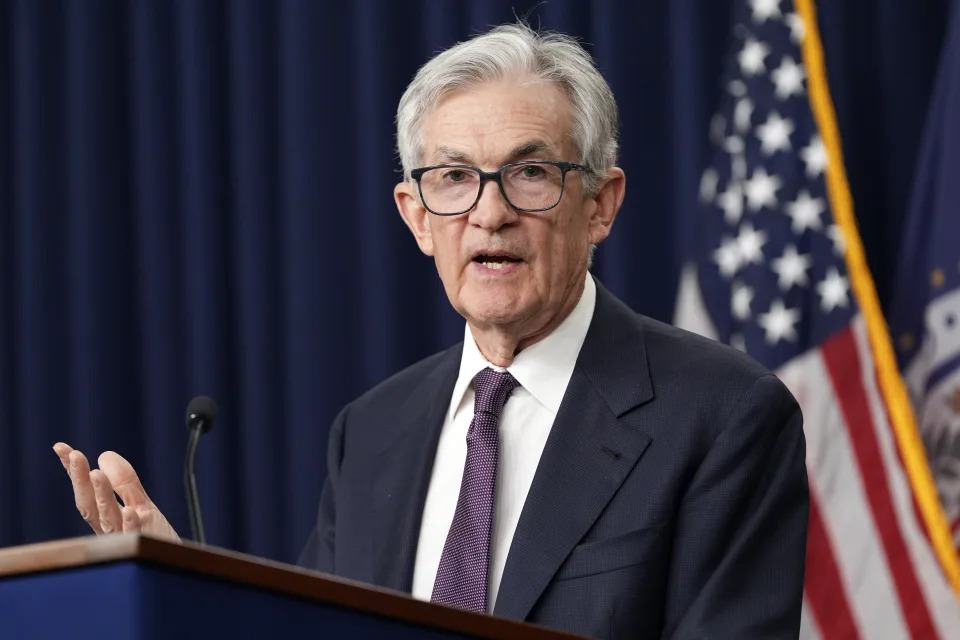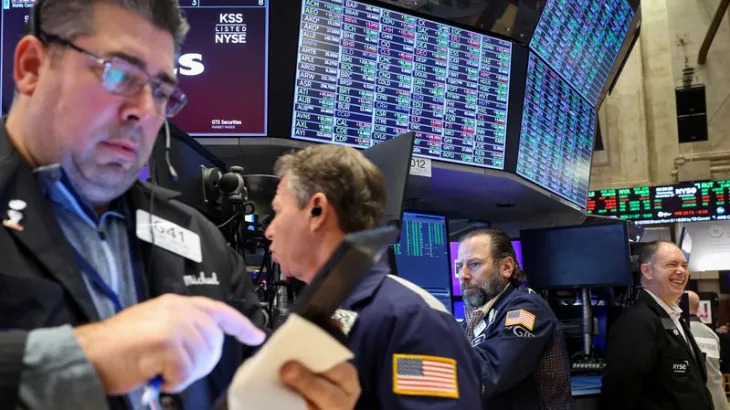The latest reading of the Federal Reserve's preferred inflation gauge showed price increases fell month over month in November but still remained sticky as the central bank fights to bring inflation back down to its 2% target.
The data, released early Friday by Bureau of Economic Analysis (BEA) , comes after the central bank slashed interest rates by 25 basis points at its last policy meeting of the year on Wednesday. Officials also signaled less easing to come in 2025 , with inflation expected to remain elevated over the long term.
In November, the core Personal Consumption Expenditures (PCE) index, which strips out food and energy costs and is closely tracked by the Fed, rose 0.1% from the prior month, a deceleration from October's 0.3% monthly gain in prices. The monthly increase came in slightly lower compared to economist expectations of a 0.2% increase.
Over the prior year, core prices rose 2.8%, matching the increase seen in October and also lower than Wall Street's expectations of a 2.9% rise. On a yearly basis, overall PCE increased 2.4%, a pickup from the 2.3% seen in October. Economists polled by Bloomberg had anticipated a yearly increase of 2.5%.
The print follows sticky inflation readings from other November datasets.
Earlier this month, the core Consumer Price Index (CPI), which strips out the more volatile costs of food and gas, saw prices in November climb 3.3% over last year for the fourth consecutive month.
Meanwhile, the core Producer Price Index (PPI), which tracks the price changes companies see, revealed prices increased by 3.4% annually in November. That's up from a 3.1% jump in October and also ahead of economist expectations of a 3.2% increase.
In a press conference following Wednesday's interest rate decision, Federal Reserve Chair Jerome Powell indicated that the last mile of the Fed's fight to curb inflation has been more challenging than central bank leaders initially projected.
Read more: What the Fed rate cut means for bank accounts, CDs, loans, and credit cards
"We've had a year-end projection for inflation, and it's kind of fallen apart as we approach the end of the year," Powell said. "I can tell you that might be the single biggest factor — inflation has once again underperformed relative to expectations."

So far this year, inflation has moderated but remains stubbornly above the Federal Reserve's 2% target on an annual basis, pressured by hotter-than-expected readings on monthly "core" price increases in recent months.
According to updated economic forecasts from the Fed's Summary of Economic Projections (SEP), the central bank sees core inflation peaking at 2.5% next year, higher than September's projection of 2.2%, before cooling to 2.2% in 2026 and 2.0% in 2027.
That higher inflation outlook, coupled with a slower pace of interest rate cuts next year, pressured markets in the aftermath of the decision as investors continue to debate an uncertain future.
The election of Donald Trump as the nation's next president has added to that uncertainty, with some economists arguing the US could face another inflation resurgence if Trump follows through on his key campaign promises.
Trump's proposed policies, such as high tariffs on imported goods, tax cuts for corporations, and curbs on immigration, are considered by economists to be potentially inflationary. Those policies could further complicate the Federal Reserve's path forward for interest rates.
On Wednesday, Powell said the central bank expects "significant policy changes" but cautioned the extent of policy adjustments remains uncertain.
"We need to see what they are and what effects they have," he told reporters, adding the Fed is "thinking about these questions."
"We will have a much clearer picture" once that happens," he said.
Alexandra Canal @allie_canal , LinkedIn,
.





